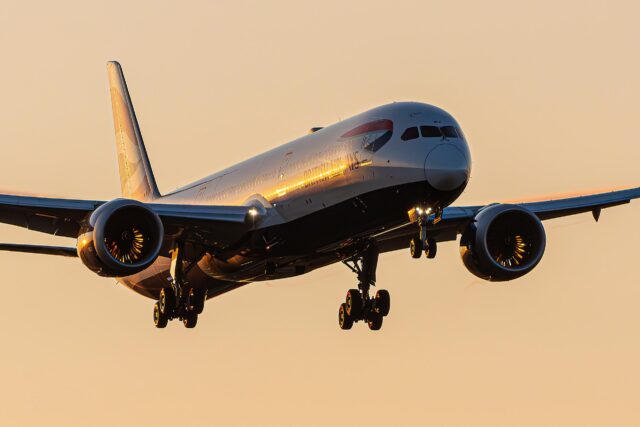Airbus completes installation of folding wings on Cessna Citation as work progresses on A320neo successor

September 18, 2025

Airbus UpNext, the innovation subsidiary of Airbus, has completed installation of its eXtra Performance Wing (X-Wing) onto a heavily modified Cessna Citation VII in Cazaux, France.
The milestone marks a major step forward for the programme, which is exploring new ways to cut drag and improve efficiency through high-aspect-ratio composite wings and adaptive features.
Assembly began in June, with the Citation now sporting a wingspan extended from 16.3 m to 20 m. Although this is only a scale demonstrator, the eventual full-size wing would stretch to 50 m, similar in span to a Boeing 787.

Flight testing is scheduled for 2026, when the aircraft will fly uncrewed, remotely operated by test pilots. A modified fly-by-wire control system with load-alleviating functions will help dampen turbulence and improve passenger comfort in future applications.
Why folding wings matter for the next Airbus narrowbody
Any A320 successor will need to deliver much larger efficiency gains than the A320neo did. Increasing a wing’s aspect ratio—its span relative to its chord—is one of the most effective ways to reduce drag and cut fuel burn.
Long, slender wings, like those on gliders, generate less drag but flex significantly, requiring additional strengthening and weight. Airbus is using the X-Wing demonstrator to test ways of maintaining rigidity while keeping weight in check. The manufacturer predicts a 5–10% efficiency improvement compared with current designs.

The programme also incorporates hinged wingtips, first trialled on the AlbatrossONE demonstrator. These semi-aeroelastic tips flex in turbulence to ease structural loads, reducing stress on the wing.
More importantly, folding wingtips allow a wide-span design to fit within existing airport gates and taxiways—essential for a 50 m span to remain compatible with today’s A320 parking stands.
Folding wings in commercial aviation
Folding wings are not new. Military aircraft have used them for more than 80 years, mainly to save space on aircraft carriers. Civil projects, however, have been rarer. Convair, McDonnell Douglas, and Boeing all studied folding wingtips in the 1960s and 70s.
Boeing eventually adopted the feature for its 777X, which will enter service with folding tips to keep the jet within a 777 parking envelope despite a 7 m wider wing. While the system introduces weight and complexity, it also enables significant aerodynamic benefits.

Airbus hopes its own approach, combining composite materials, adaptive aerodynamics, and load alleviation, will offer a more elegant balance of performance and practicality.
What Airbus’s folding wing research means for the A320 successor
With more than 12,000 deliveries and a backlog exceeding 7,000, the A320 family is the world’s most successful single-aisle jet. Yet the design is approaching its 40th year, and competitors are circling. Airbus knows any replacement must deliver a step change in efficiency to maintain dominance in the narrowbody market.

The X-Wing program is central to this ambition. By marrying longer, lighter composite wings with folding tips and active load control, Airbus is probing how far the efficiency envelope can be pushed without compromising airport compatibility.
The technology could shape the successor to the A320—balancing the eternal trade-off between aerodynamic performance, structural weight, and practical operability.
















